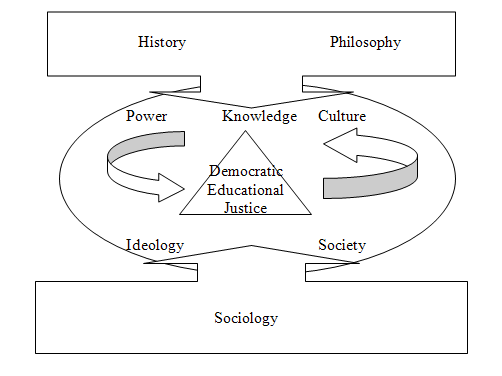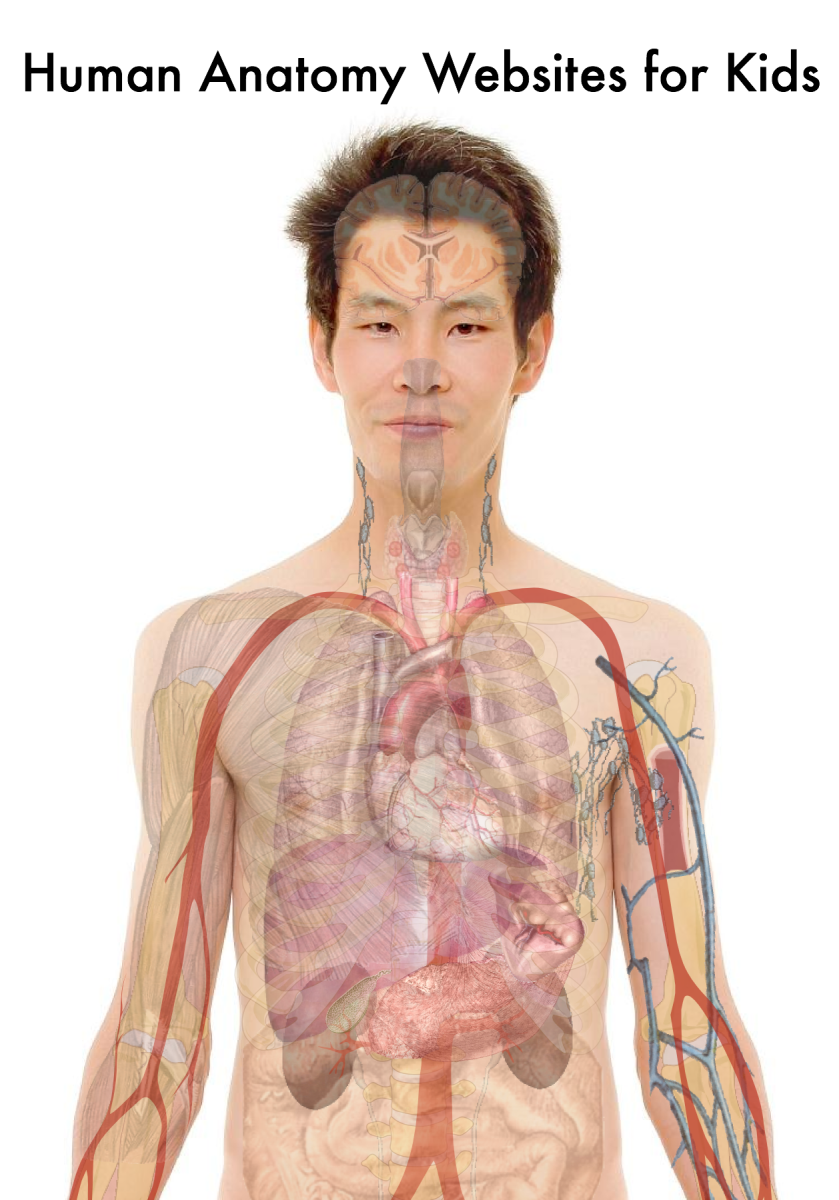Community Systems Lesson Plan

Community Systems Workshop
Facilitators: Team Leaders
Length: ~30 minutes
Vision: Students will understand the community forces and influences at play in relation to violence so that they will be able to harness the community to fight violence and other negative issues.
Objectives: 1. Given the opportunity to revisit and discuss the definition of Community Systems and/or how social issues become cyclical, students will BRIEFLY identify (individually or in teams) 2-3 ways that elements of Community Systems might play a role in perpetuating the cycle of violence.
2. Students will be able to discuss how the cycle could be stopped through use of Community Systems.
Materials: Workshop descriptions, markers, poster paper (one with description of “community systems” on it), 5 milk crates
Agenda: Warm-up (10 min; obj 1)
Introduction (2 min; obj 1)
The Facts (10 min; obj 1)
Analysis (5 min; obj 1)
Debrief (5 min; objs 1, 2)
Break
Description: Warm-Up, 5 min
Crate Balance: Each team will get a crate, and the object is to get everyone to balance on the crate, with no one’s feet on the ground.
Introduction, 2 min
“Can anyone guess what the point of that fun game was? Well, we’ve talked before about the importance of the community to ourselves and the experiences we have. Each team’s members represented different forces in the community. All of the forces work together to produce a collective result. In this case, the result was positive; however, this is not always how it goes.”
The Facts (obj 1), 10 min
Ask the students, “What factors in a community encourage violence?” (These include poverty, drug/alcohol abuse, history/culture of violence, racism…)
Next, ask the students to define “community systems.” Call for a few guesses.
Community System: Organizations or people with enough authority to impact the people living in the community. Examples of community systems: education, church, the mayor, local/national government and laws, local business, health systems, history, personal support; addictions, child care, community leaders; block captains. (Similar to institutions.)
Make sure the students understand the definition of a community system, and then write a few examples down on the poster paper.
Analysis (obj 1), 10 min
“Now that you all have identified various community systems, let’s consider how they are involved with violence, and how these community systems have a role in perpetuating or confronting violence.
First of all, can someone define perpetuating?
To prolong the existence of something. To make a thing continue in the future; keep it going; and sometimes make it worse.
If they perpetuate, how could they stop perpetuating violence?
If neither, then what could they do to start confronting violence?”
To make sure that the students understand community systems and their roles:
“We understand that the concept of community systems can be confusing, so we have a few examples for you to get a better idea.”
“For instance, does anyone know what hazing is? It’s a ritual at some colleges, and before students can be accepted into a fraternity or sorority, they are forced to undergo physical pain or mental anguish by current members. Do you understand what the community system is in this case? It’s the college. Some colleges don’t have harsh policies regarding hazing, and therefore perpetuate violence, but other colleges do not allow fraternities that practice hazing.”
“The next example is more complex. A well known and unfortunately common kind of violence is domestic abuse. Does everyone understand what domestic abuse is? Well, there are many reasons for abuse. For instance, a person might feel that he or she is inadequate based on society’s standards; maybe they feel like they don’t earn enough money. What’s the community system there? They may have also grown up in a home where abuse was practiced; the home is the community system in that case. There are also community systems that may perpetuate the violence; for instance, a police department may not allow a person to create a restraining order, or a hospital employee may not report injuries caused by abuse that they see. Do you see how all of these systems tie together, like in the crate warm-up?”
Debrief (obj 1,2) TLs, 5 min
Once the students understand this, each will identify which community system they believe does the most to confront violence, and why.
Also, each will identify the community system that perpetuates violence the most and what needs to happen for that to stop, and why.
Once they come up with their answers, have a few share what they said and why.
Break!








